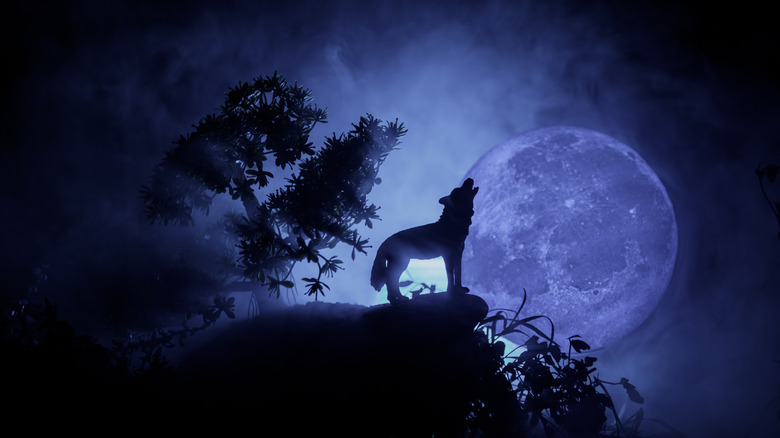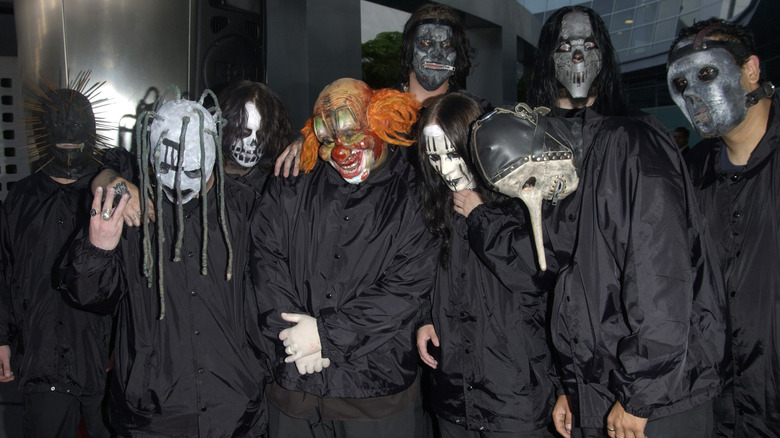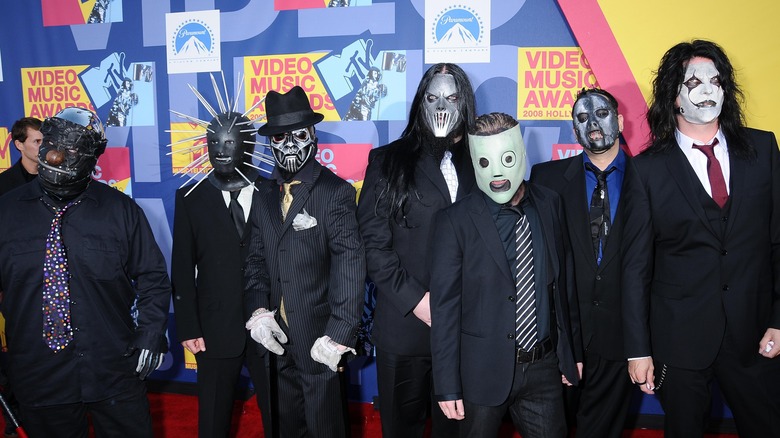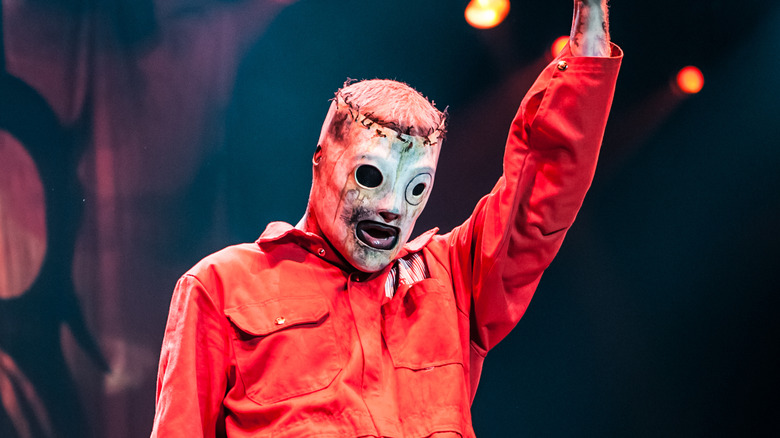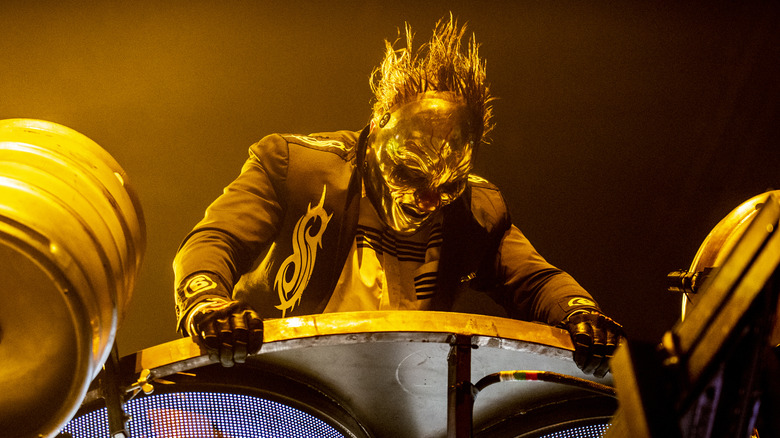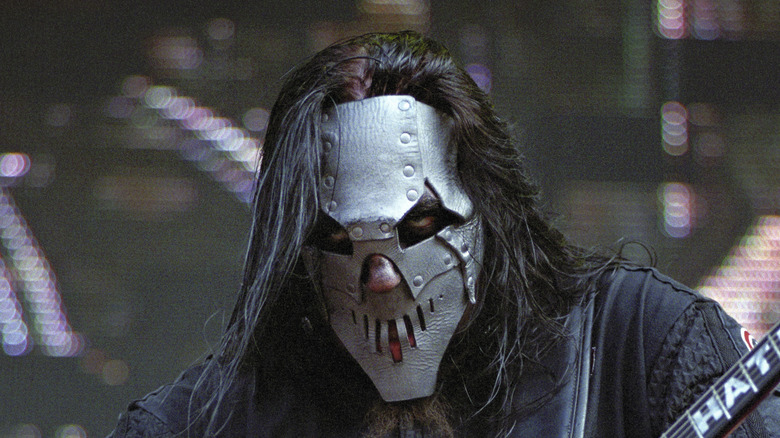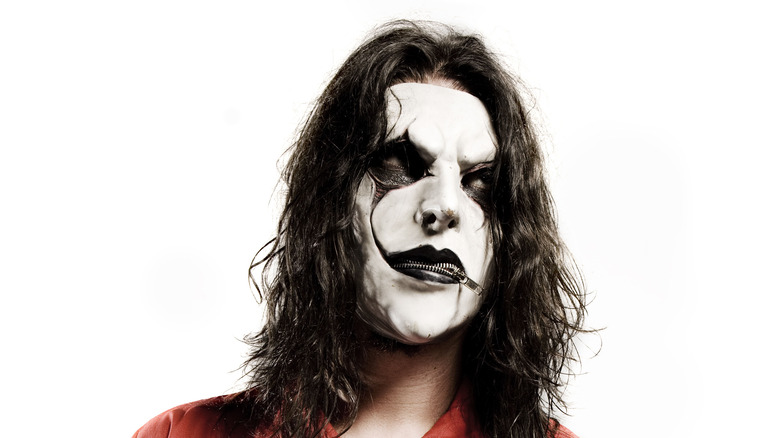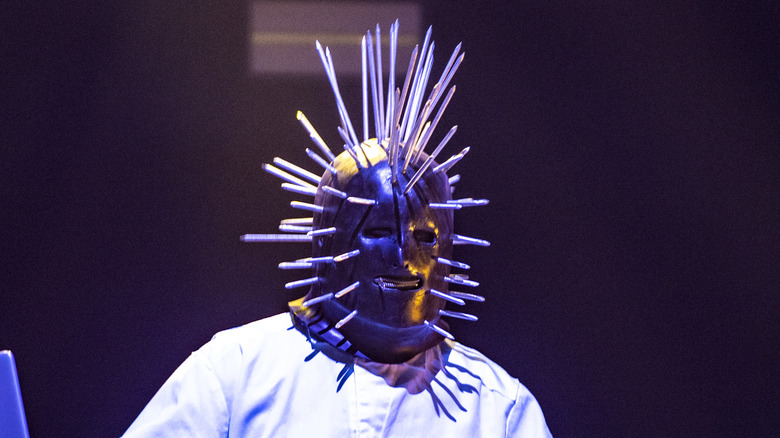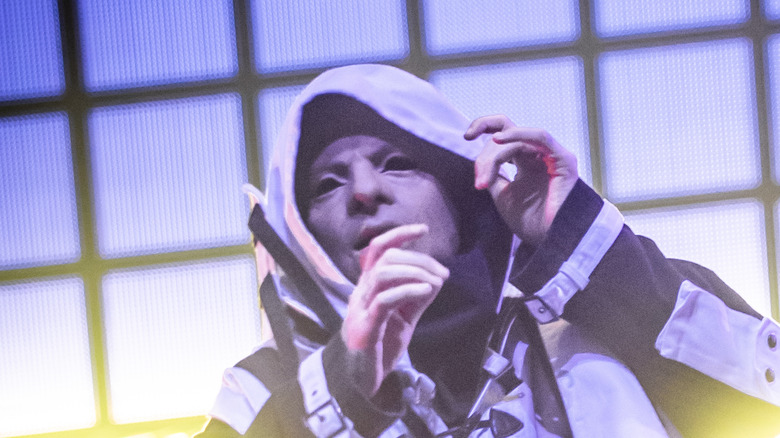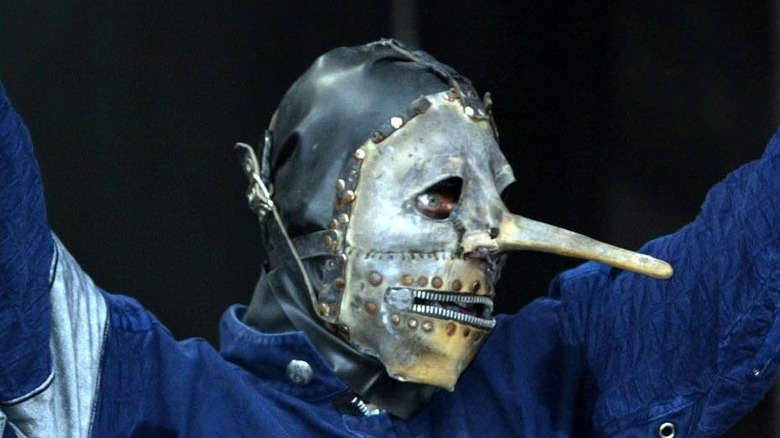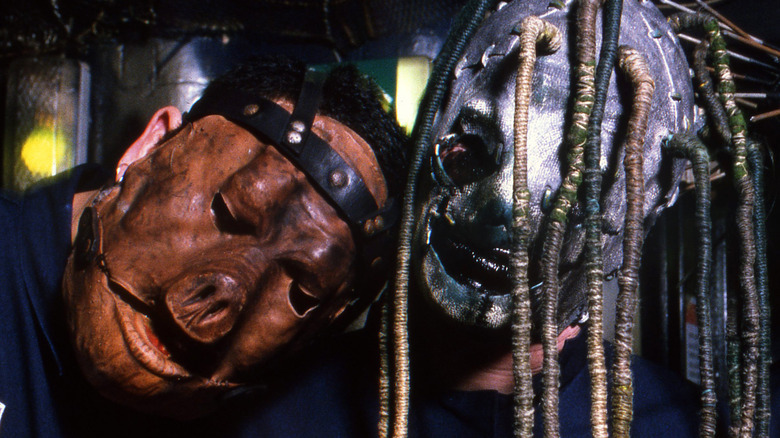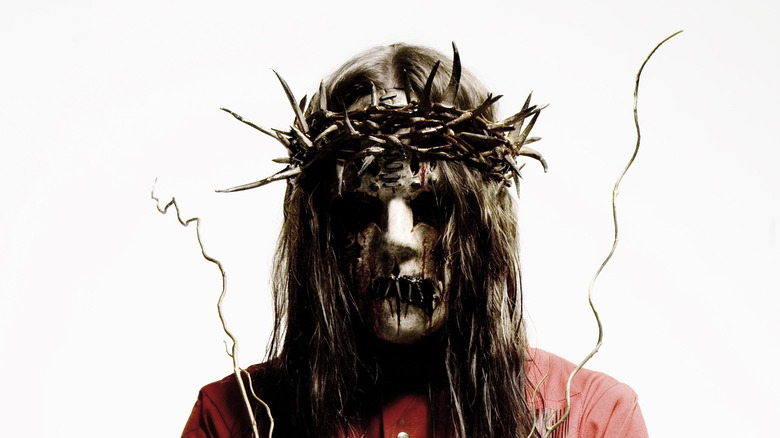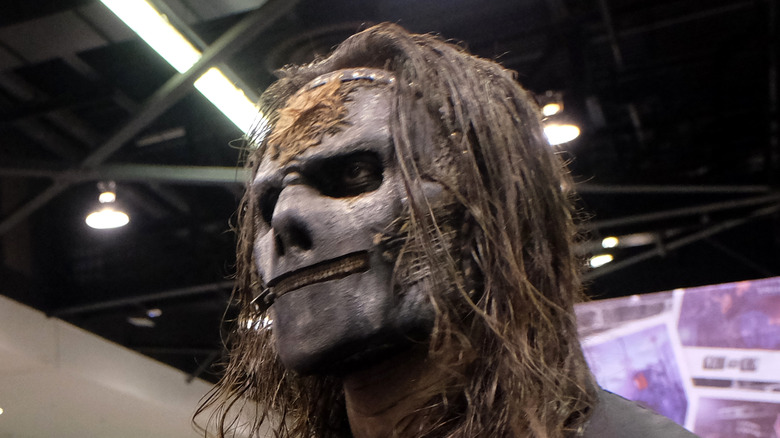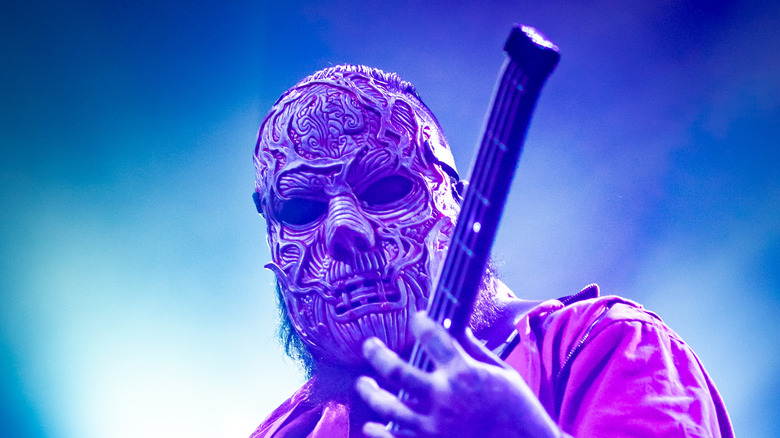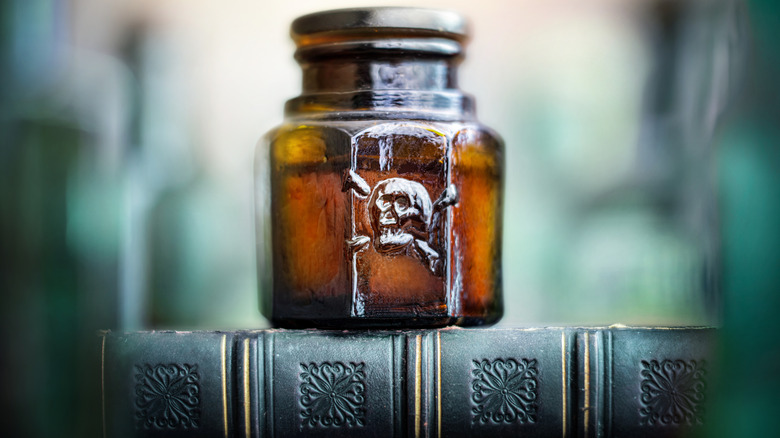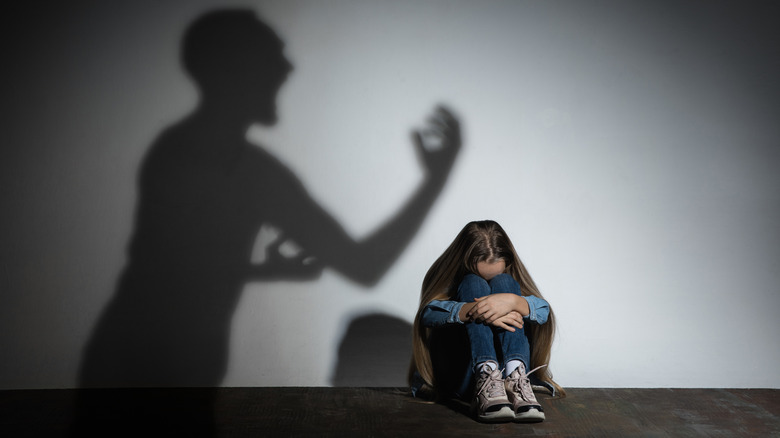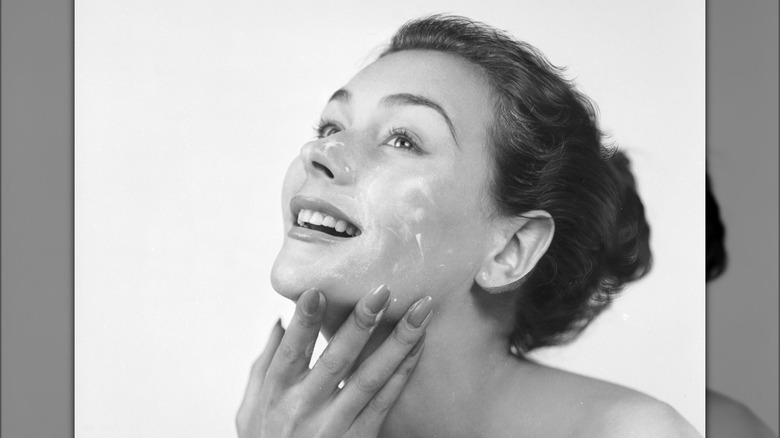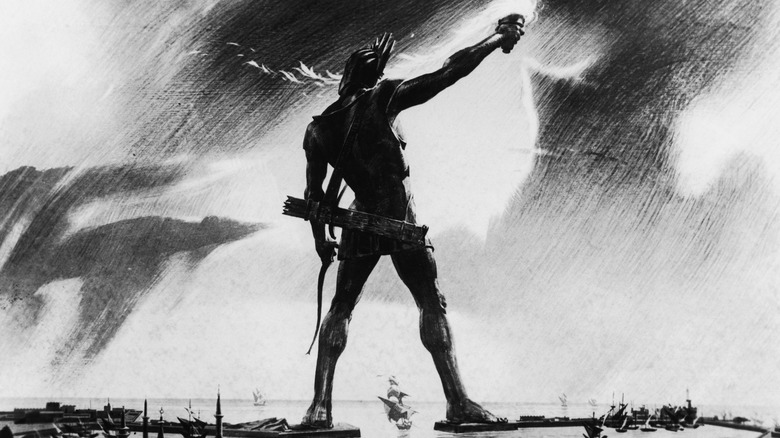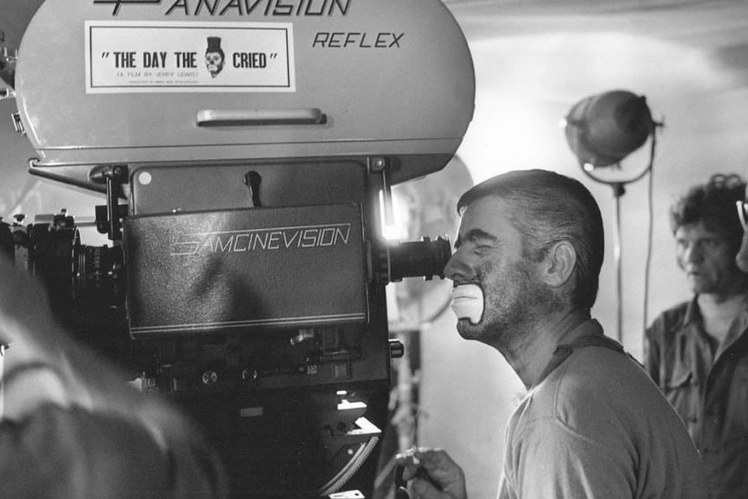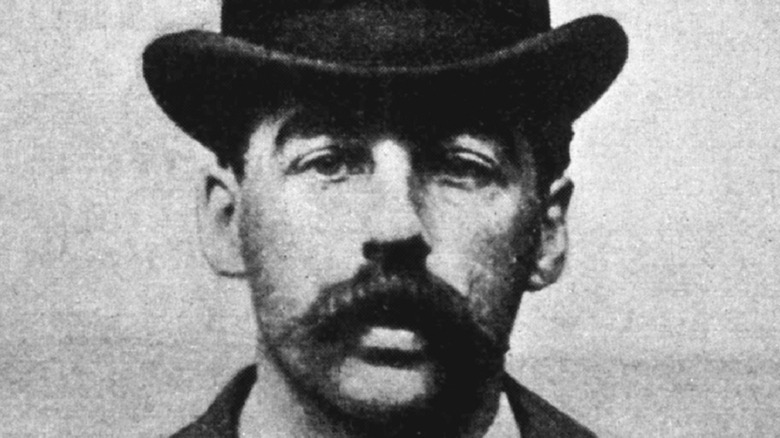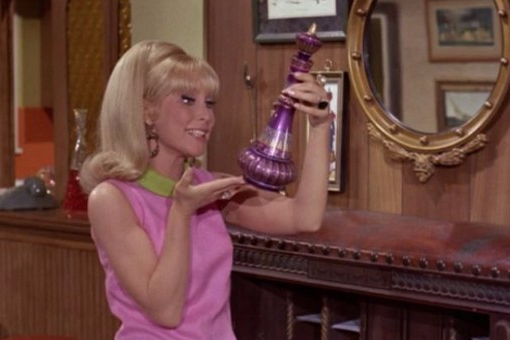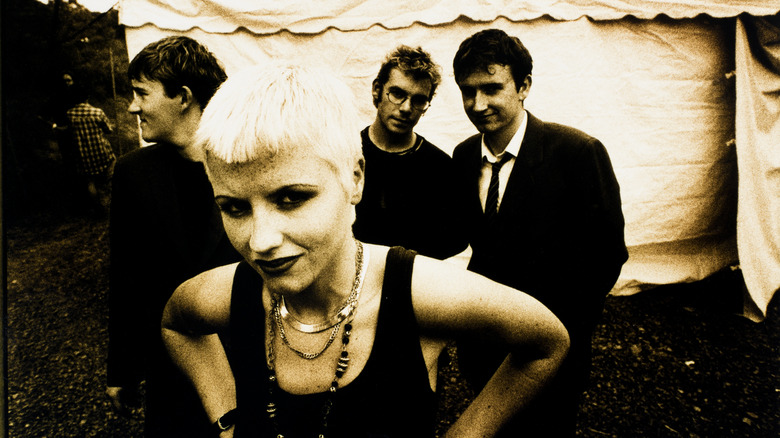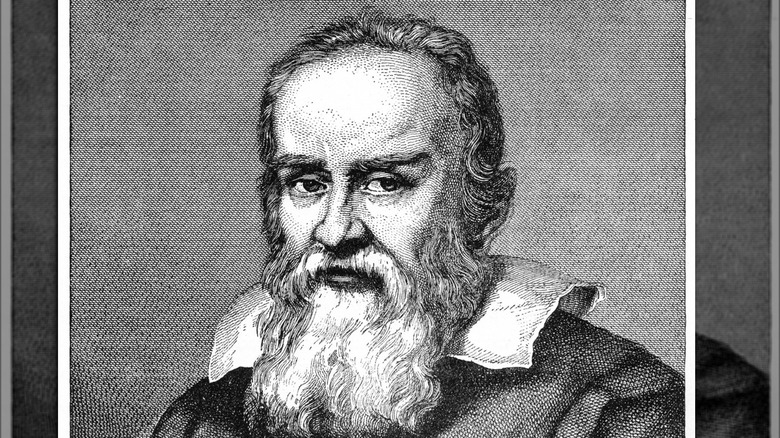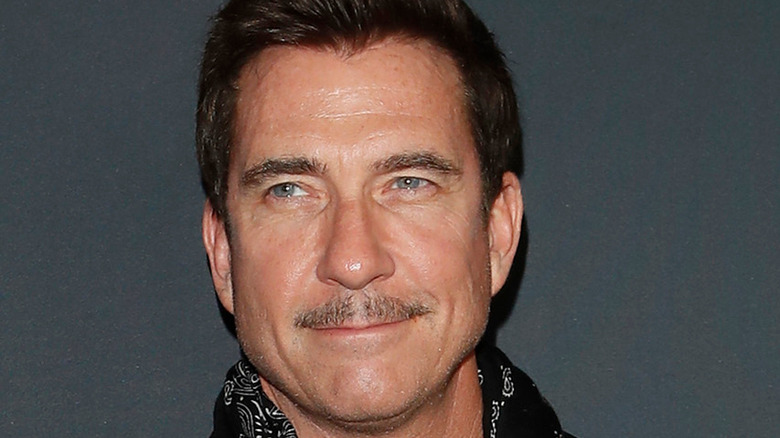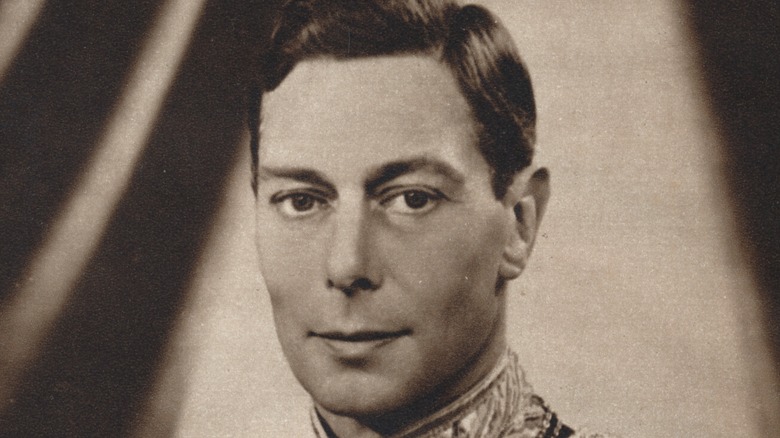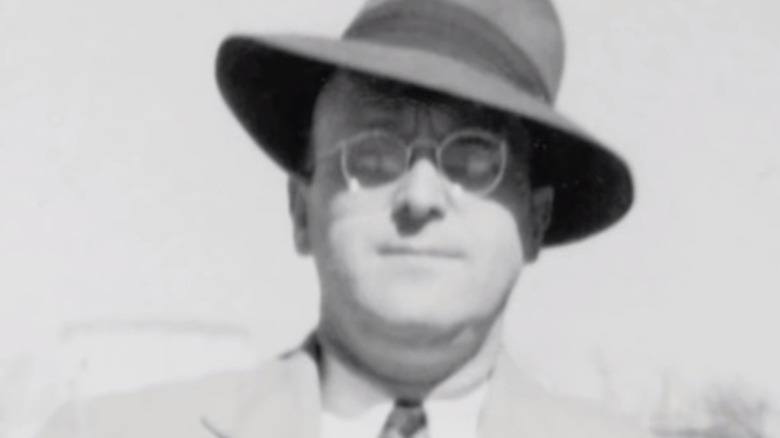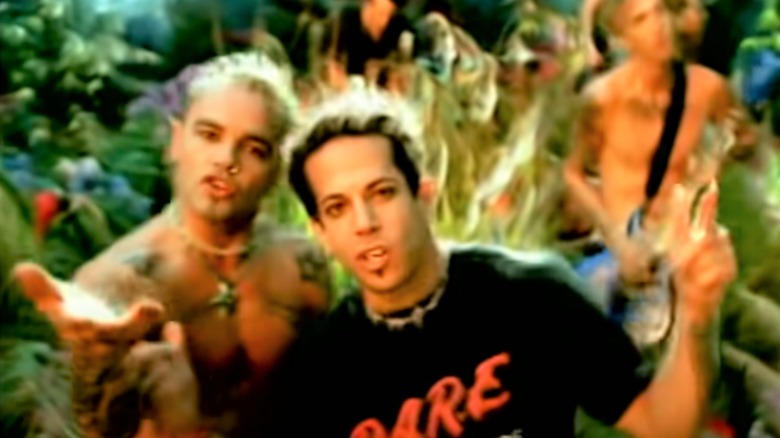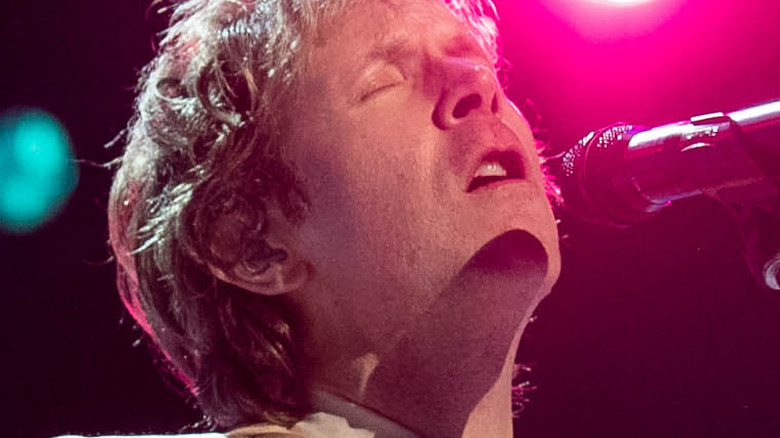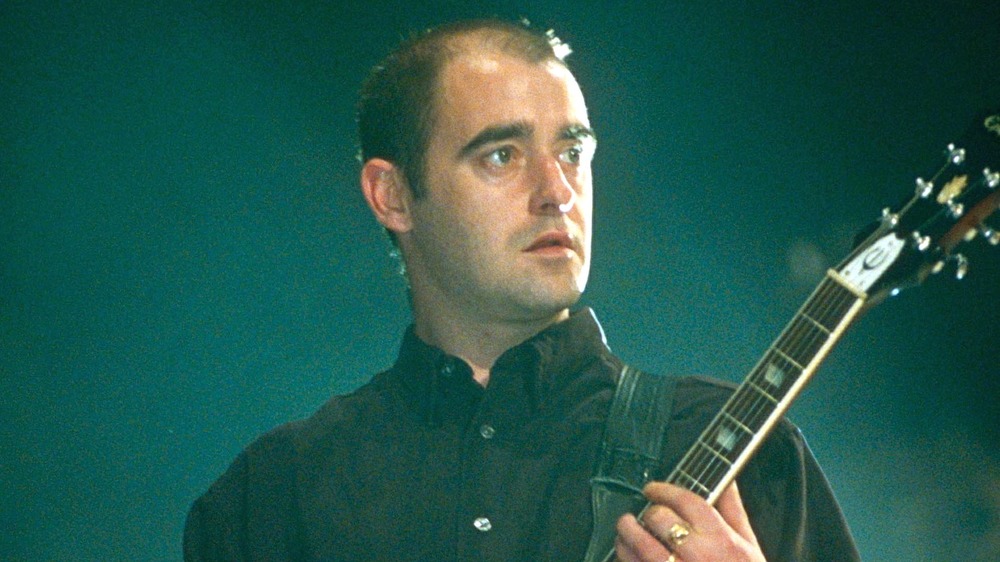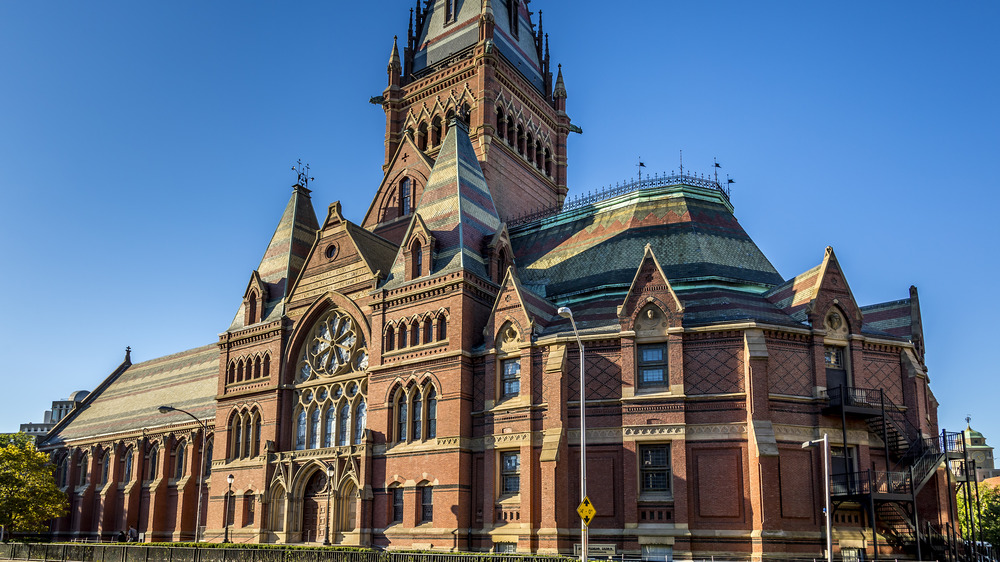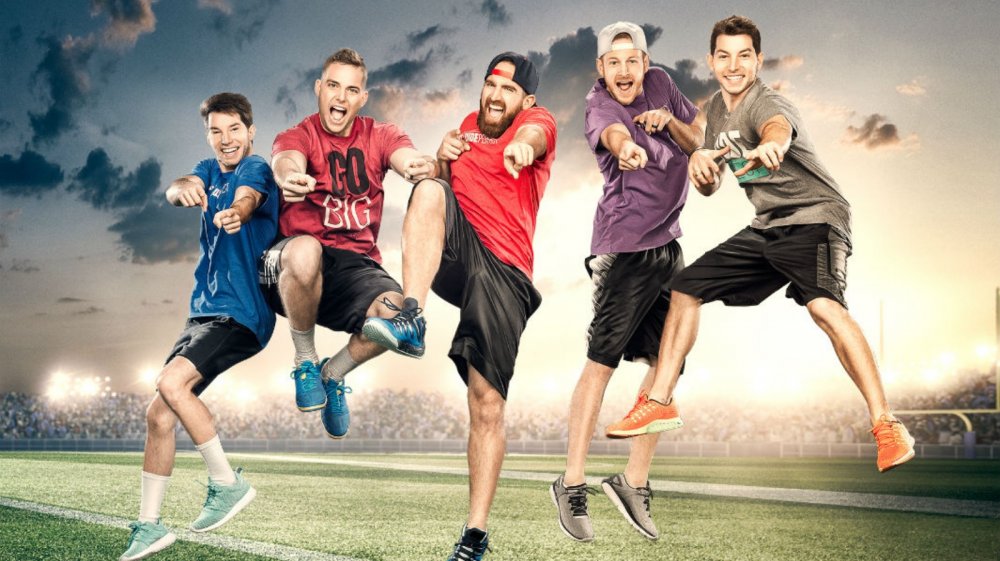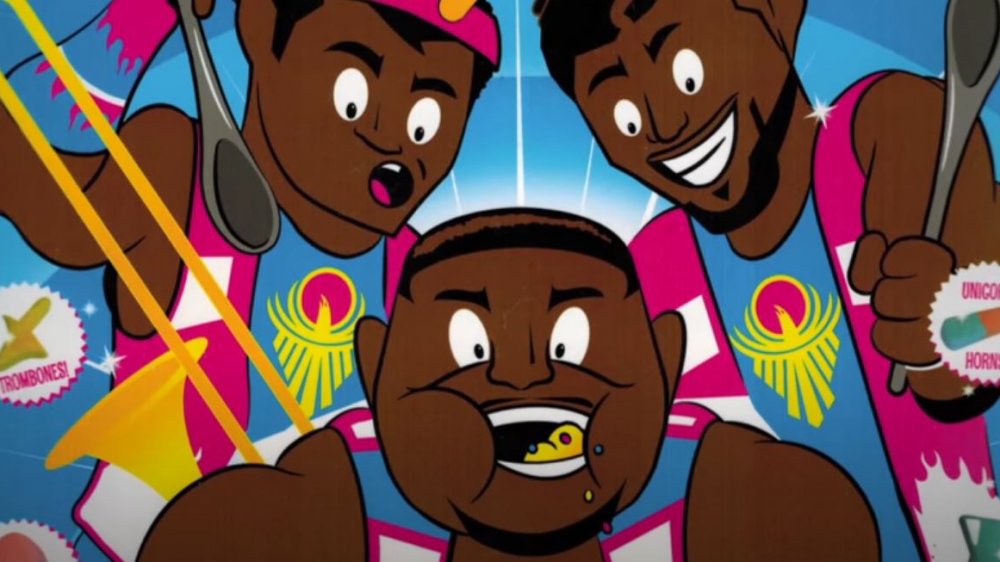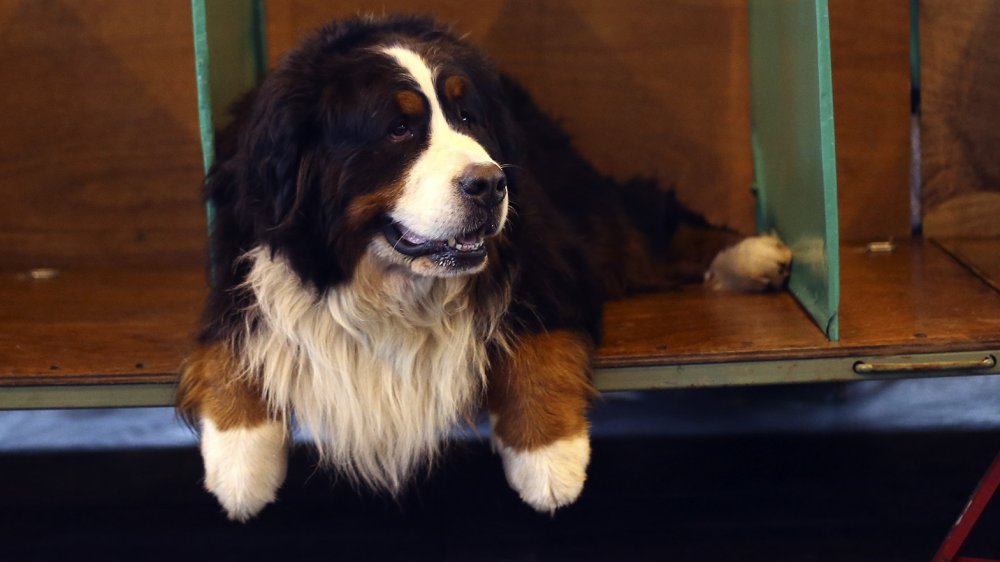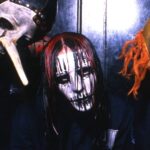
The Meaning Of Every Slipknot Mask Explained
Slipknot is certainly not the first band to wear some sort of costume or elaborate face paint, yet the fact that they do so seems to make more sense than with many other rock groups. The particularly disturbing masks they wear are a perfect visual representation of their intense music and explicit lyrics, which puts their live shows on a higher level for their fans. From the very beginning and even after over 20 years of performing, the masks have always been an essential part of who the metal band is.
One of the most important reasons that Corey Taylor wears the mask is because it elevates the importance of the music, since there is less emphasis on who the band members are as people. Basically, hiding their identities made their music the top priority. The singer explains that when he wore his first mask, “Music then was basically a template for a bunch of hot guys to sell a bunch of sh*t that didn’t mean anything. We put a mask on and we’re not about our f*cking faces. It’s always gonna be music first” (via Metal Hammer).
For Slipknot, the masks are also another way to express themselves creatively. As Taylor says, “the mask is a representation of the person on the inside.” Each band member has their own reasons for wearing the masks they do, and each one offers a view of the darker side of each musician’s personality.
Origins of the ethos behind the masks
Years before the formation of Slipknot, two of the founding members of the band, Anders Colsefni and Shawn Crahan, became friends in the early ’90s. Even though they played for different rock bands, the duo met at gigs from the same metal scene in Des Moines, Iowa. However, the two also got along well because they played a role-playing game called “Werewolf: The Apocalypse,” which was more violent and less popular than the well-known RPG “Dungeons & Dragons.”
Unlike “D&D,” “Werewolf” has a horror theme, with main characters being werewolves and vampires. For both musicians, a major appeal of the game was that it was possible to become something else. In the book “Slipknot: All Hope is Gone,” Colsefni says, “The attraction was being able to play a different person, to be able to do something different. This was the founding of Slipknot — that was it, right there.”
After the band was created, this mentality was clearly carried over into their first gig together on December 4, 1995. Colsefni says that from the very beginning, Slipknot performances have generated “a primal feeling — I’m transformed into an animal, and that’s the reason we wear what we do on stage.”
The first Slipknot masks
In January 1996, Shawn Crahan was rummaging through boxes of his stuff in the basement when he came across an old clown mask of his that he had not seen in 10 years, says Joel McIver in his book “Slipknot: All Hope is Gone.” The eccentric percussionist then decided to wear the old clown mask during a practice session with the band and changed everything.
The drummer enjoyed wearing the clown mask so much that he wanted to keep wearing it regardless of what the others wanted, even during shows. Crahan recalls that there was some pushback from his bandmates: “A few of them were like, ‘No f*cking way. You can’t be the only guy wearing some stupid mask.'” Crahan continued, “So I said, ‘I really don’t care what you think, this is who I am and this is what I’m going to do.’ So here we are all these years later…”
After Crahan and Anders Colsefni wore masks for a few performances, the rest of the band eventually gave in and agreed to do the same. Corey Taylor explained why Slipknot needed a unified look, saying, “[W]e started from day one knowing we had to evolve, knowing that we had to stay relevant, and one of the things we knew we had to do was find ways to look like a unit and do it in a way that didn’t feel forced.”
The band never showed their faces at first
In the early days, the masks became such a part of Slipknot’s identity that the fans never saw the musicians’ faces. Photographer Paul Harries took numerous pictures of the band at the time and was not only frequently asked by fans if he had ever seen their faces but even asked by one fan if the members actually had real faces.
Eventually, as the band grew in popularity, some of the members became much more lax with showing their faces, to the point that fans could easily pick them out on the street, especially Corey Taylor and Shawn Crahan, says Loudwire. Plus, as his side project, Stone Sour, became more well-known, not only was Taylor’s face seen more often but also Jim Root’s as well. On the other hand, the quieter members of Slipknot have remained more elusive than the rest, such as Craig Jones and Chris Fehn, yet pictures of their faces can also easily be found on the internet these days.
The changing masks of Corey Taylor
Corey Taylor is one of the Slipknot band members who changes masks more than the others, and he does so because he believes it reflects how people change over time. According to Kerrang Radio, the singer says, “People like me, Clown (Shawn “Clown” Crahan), Sid (Wilson) and a couple of others, we change ours drastically … nobody stays the same over time — that’s my belief.”
In the early days, Taylor wore a bondage mask but had issues because of his dreadlocks, which he threaded through holes cut in the mask. Yet after a year of this, the singer did not like what was happening to his hair and scalp, so he severed his dreads and attached them to the mask, creating his signature look for both the band’s self-titled and “Iowa” albums.
By the “All Hope is Gone” album cycle in 2008, Taylor released an entirely new, featureless face mask, arguably more eerily terrifying than Joey Jordison’s Kabuki masks for its blank expression. The singer’s last two masks have also been quite unique, with almost no connection to his previous masks.
The clown masks of Shawn Crahan
Like Corey Taylor, the masks of Shawn Crahan have changed a lot over the years. However, they have all been variations of the clown theme he has had from the beginning. The clown persona has become such a part of Crahan’s identity that his nickname is “Clown,” and even though he doesn’t wear it during shows anymore, the drummer still has and cherishes the original mask that started it all.
Crahan was initially drawn to the mask at a Halloween store while walking in the mall with his girlfriend. He was supposed to buy lunch for his girlfriend, but he instead spent all of his money on the clown mask. In an interview with the BBC, Crahan said, “I had gotten a version of this mask when I was 14. … I just never knew why it was in my world but it was always around me. Then one day, it just so happened, it was that moment of clarity to decide what I want to project. … This thing has no f*cking limits.”
The evolving hockey-ish masks of Mick Thomson
When it came time for the intimidating guitarist to choose, Mick Thomson initially went for the look of the iconic hulking mass murderer Jason Voorhees from the classic horror franchise “Friday the 13th.” This meant that he easily found a hockey mask at the store, but it involved very little imagination. So, after wearing the hockey mask for the cover of their first album in 1999, the guitarist quickly set it aside in exchange for a black leather mask that shortly after had his own metallic design, says Alternative Press.
Thomson’s masks have all been based on his original hockey mask idea, albeit with some major tweaks to incorporate his own style. The guitarist’s masks have evolved, but for over a decade, the changes have been minor, so his signature look has remained relatively the same during the last few album cycles. The metallic grill over the mouth is something he has stuck with and made his own, yet it is also the way his newer masks are linked to the original.
As one of the band members who has modified his mask the least, Thomson summed up his feelings on the matter when he said, “If you know who you are, you don’t need change. I think I pretty much nailed it with this one for being able to get across how I am,” when discussing the mask of the “Vol 3: The Subliminal Verses” era in 2004.
The jester masks of Jim Root
Originally, like all new Slipknot members, Jim Root did not choose a mask and instead was given the black bondage mask of the member he replaced, Josh Brainard. But the inherited mask was simply too difficult to play in, and Root wanted a mask of his own, so he discarded the hand-me-down almost immediately, says Metal Hammer.
To represent his mischievous character, the guitarist now commonly wears a type of jester mask. The group also had a role in the decision because Root says, “The guys chose this mask to tame me. I was a timid guy before I joined this band. Now I’m a freak.” Like Mick Thomson, Root’s masks have remained very similar to the mask he wore during the release of the album “Iowa” back in 2001. Both musicians seem to firmly believe that when it comes to their masks, there is no reason to fix something that isn’t broken.
The Pinhead masks of Craig Jones
Craig Jones’ first mask was basically just underwear over his face until he got more creative for the release of Slipknot’s first album. Most likely inspired by another popular horror franchise, “Hellraiser,” Jones is known for wearing a mask with nails sticking out of it, similar to the horrifying villain Pinhead. The sampler initially stuck the nails to an old helmet and added a flashlight as well. However, he switched it up to a spiked leather mask for the release of “Iowa.”
Since Jones is notorious for his silence during interviews, he also put a zipper on his mouth slit that he could slowly zip shut with glee when asked to speak, says Metal Hammer. From then on, Jones’ bondage Pinhead look has become his own with even fewer changes in style than Thomson and Root. In fact, the only real change is that the nails have gotten longer.
The many different masks of Sid Wilson
The masks of Sid Wilson have changed more than the masks of any of his other bandmates, including Corey Taylor. Over the years, the DJ went from a standard gas mask for Slipknot’s first album to a skull-shaped gas mask for “Iowa,” then a stylized skull for “Vol 3: The Subliminal Verses,” and a robotic mask akin to a Transformer for “All Hope Is Gone” in 2008. As a fan of the franchise, Wilson made sure it was somewhat functional and included adjustable eyebrows to display his desired expressions.
More recently for the last two album cycles in 2014 and 2019, Wilson has worn a hood with creepy teeth, first with metallic eyes and with the most recent mask exposing more of what looks like an actual face than any other Slipknot mask has before. One simple reason the DJ makes so many changes may be because he just loves masks. For example, Wilson had nine copies of his skull-shaped gas mask created, each with its own name, according to Metal Hammer.
The Pinocchio nose masks of Chris Fehn
Chris Fehn is notorious for wearing a long, Pinocchio-like nose on his masks that he says reflects his comedic personality. It is a common sight to see the drummer rub the nose in a rather vulgar manner during performances. When discussing his first mask, Fehn notes, “I chose it for the bondage factor,” referring to its gimp look with a zipper over the mouth. For the “Vol. 3: The Subliminal Verses” era, the drummer’s mask had the fascinating characteristic of often changing colors, according to Alternative Press. The mask first looked like it had started to rust and then eventually became all red.
As opposed to Sid Wilson, Fehn’s masks changed very little, with only minor alterations. For example, sometimes he wore a hood over the back of his head, while he did not for other album cycles. Fehn used the same mask for Slipknot’s self-titled debut album and “Iowa,” and the drummer noted how bad of an idea that was due to how bad the mask ended up smelling.
The Pig and Hannibal Lecter masks of Paul Gray
When Paul Gray got more creative than simply wrapping tape around his head, the bassist first wore a Halloween pig mask that the band said was a reflection on his character flaw of self-indulgence, says Metal Hammer. However, a rival band, Mushroomhead, accused him of stealing their look, so Gray modified his subsequent masks to be more human in style. While the mask for “Iowa” still retained a vaguely pig-like look, the mask he wore in the “Vol. 3: The Subliminal Verses” cycle lost that trait and instead had a Hannibal Lecter-looking design with nails that made a grill over the mouth.
Before Gray tragically passed away in 2010, the bassist featured two different masks for a couple of years during the “All Hope Is Gone” era. Both retained the Hannibal Lecter style of the previous mask, but one had a paint smear and the other had small cracks to differentiate them.
The Kabuki masks of Joey Jordison
As a child, Joey Jordison was thoroughly creeped out by the blank look of Japanese Kabuki masks after he witnessed his mother wearing one when she came home from a Halloween party. So, Jordison kept this style for his masks throughout his years with the band, only with slight alterations. The drummer’s last mask for the “All Hope Is Gone” cycle was the most creative, appearing like a demonic Christ with a crown of thorns and stitches across the face, according to Metal Hammer.
Even though the utterly blank expression of the Kabuki masks frightened him the most as a kid, it has become one of his favorite features as an adult. As Jordison noted, “You feel however you want to feel; scary, evil or perverted. All those things held in one mask.” But like Chris Fehn and other members, the drummer has had issues playing in the masks: “It’s very difficult to play in the masks sometimes. You feel like you’re locked in hell.”
Joey Jordison sadly passed away in his sleep on July 26, 2021.
The masks of new band members
After Paul Gray’s tragic death and Joey Jordison’s emotional exit from Slipknot, and then his own tragic death in July 2021, bassist Alessandro Venturella and drummer Jay Weinberg (pictured) replaced them in the band. But out of respect for the former members, the masks they were given were considerably less creative than those of their bandmates. Both masks appeared as corpse-like faces with a pentagram on the forehead.
After Chris Fehn’s departure from Slipknot in 2019, he was quickly replaced by a drummer who is believed to be Michael Pfaff from Shawn Crahan’s side project, Dirty Little Rabbits, says Alternative Press. Yet the band attempted to keep his identity secret, so he was simply known as “Tortilla Man” due to the look of the basic mask he was provided with. Similar to the masks of Venturella and Weinberg, it has a zipper mouth and looks like decaying skin, which resembles a tortilla in this rendition.
The best of the latest Slipknot masks
In the most recent round of Slipknot masks, Alessandro Venturella and Jay Weinberg have been allowed to wear masks that are entirely their own. This is especially beneficial for the new bassist, who arguably has the coolest mask out of all the new ones, says Metal Sucks. Venturella’s mask (pictured) pays homage to Paul Gray’s with a pig look but also incorporates his own samurai design.
On the other hand, Corey Taylor’s mask ended up being a huge letdown after all the hype leading up to its release. Renowned makeup artist and SFX master Tom Savini (“Dawn of the Dead,” “Friday the 13th”) helped design and create the mask, so there was a lot of built-up excitement and expectations for greatness. Instead, the high hopes were quickly dashed once the mask was revealed, with many posters on Reddit and other platforms ridiculing it for its comically large cheeks and chipmunk look.
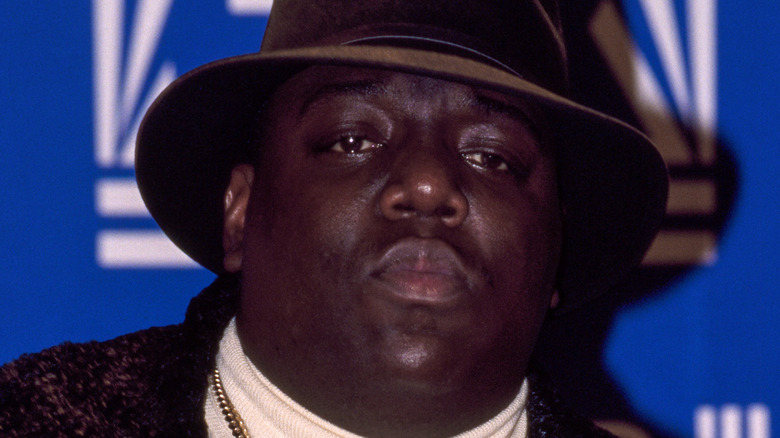
Who Inherited The Notorious B.I.G.'s Money After His Death?
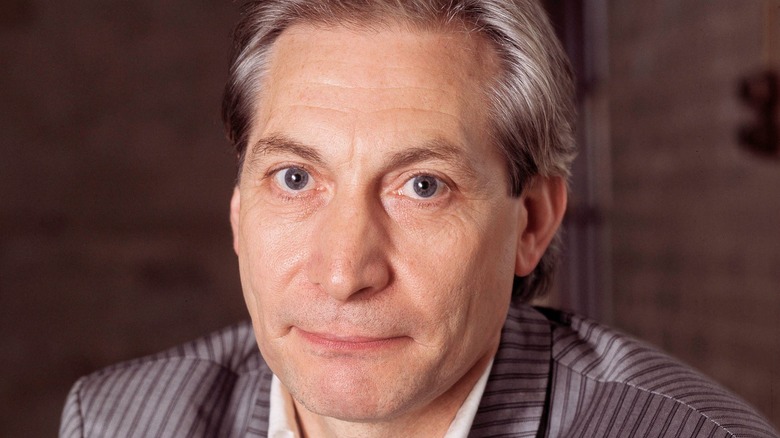
The Tragic Real-Life Story Of Charlie Watts
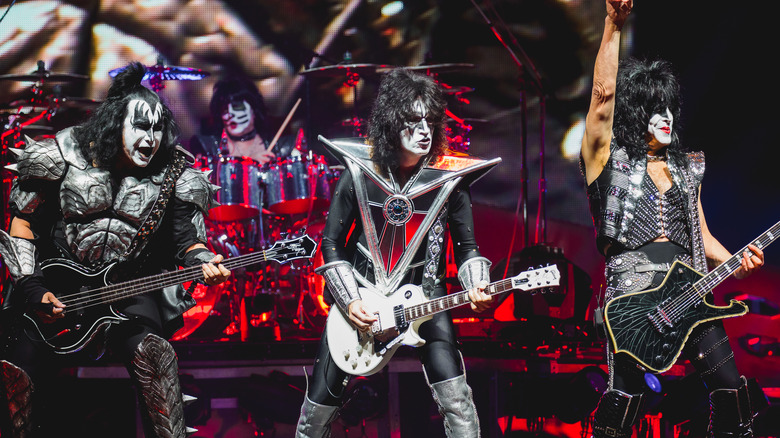
The Least Popular Member Of KISS Might Surprise You
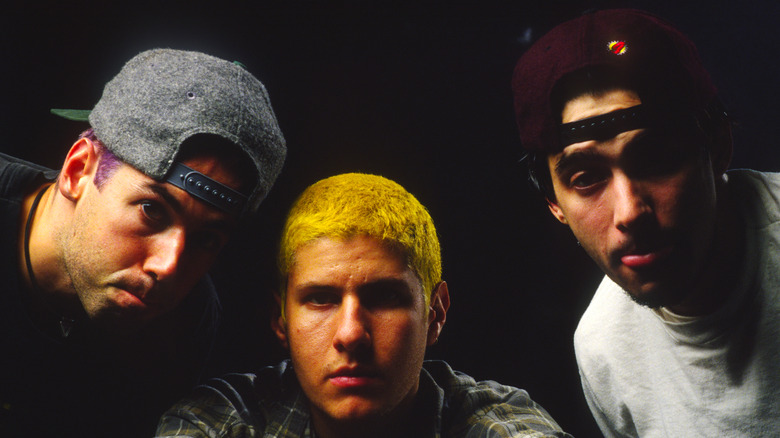
The Story Behind The Beastie Boys Album Paul's Boutique
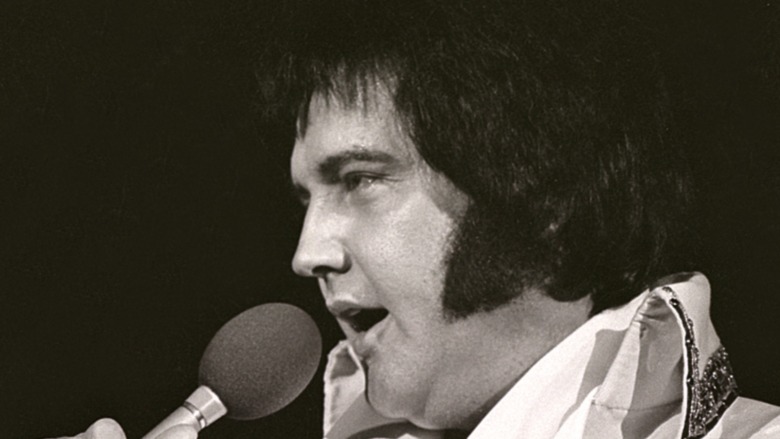
Celebrities Elvis Couldn't Stand
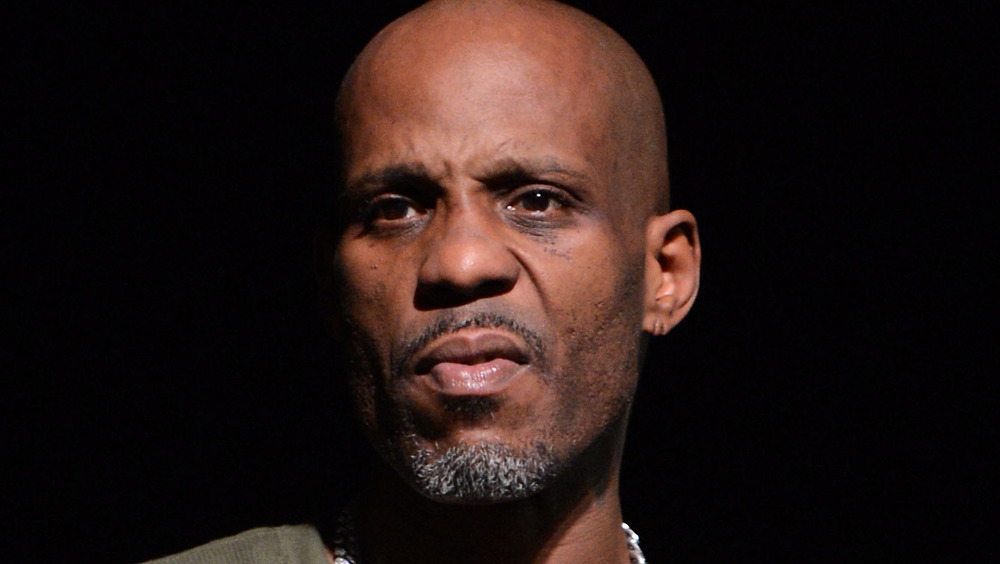
The Devastating Death Of DMX
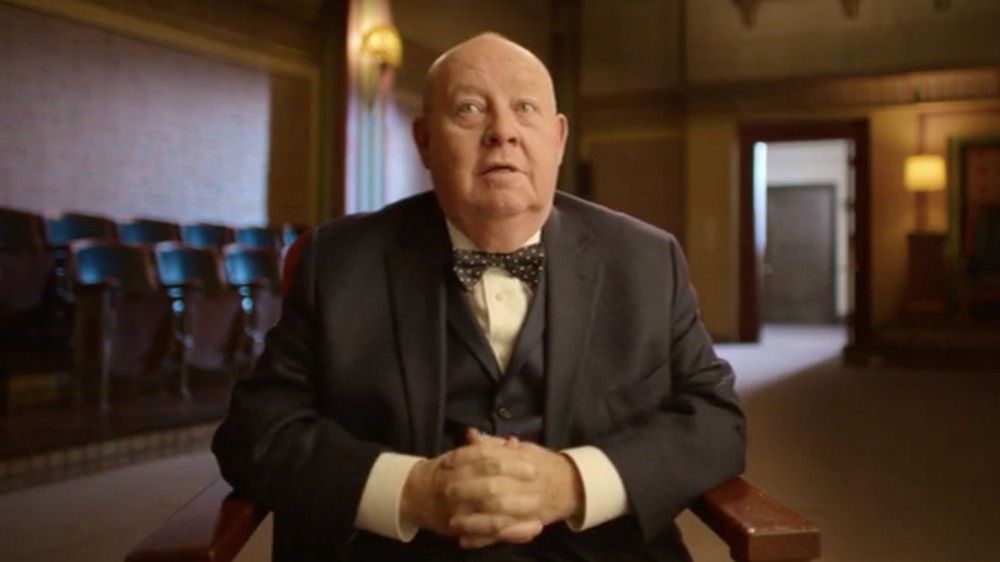
Where Is Shannon Flynn From Murder Among The Mormons?
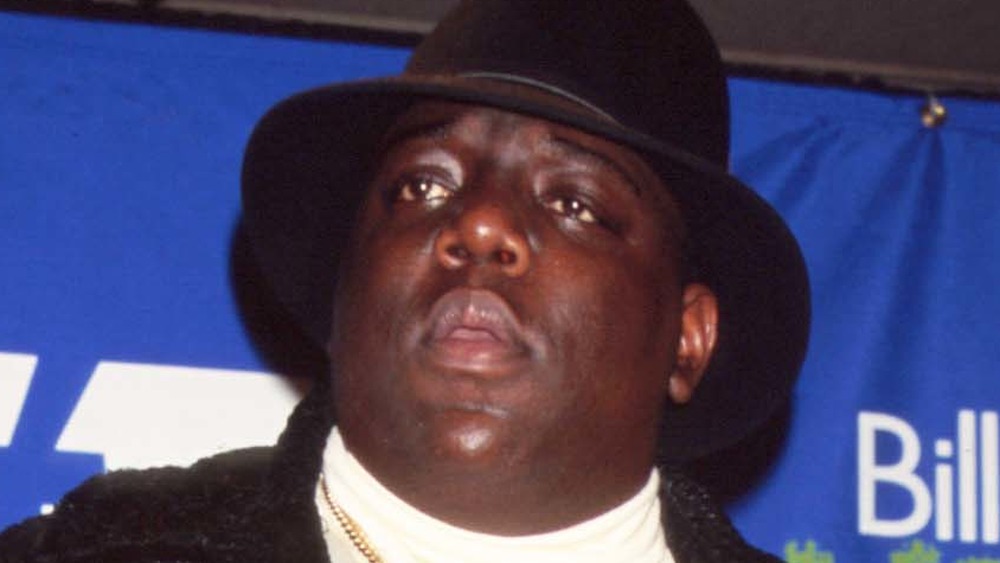
Here's How Much The Notorious B.I.G. Was Worth When He Died
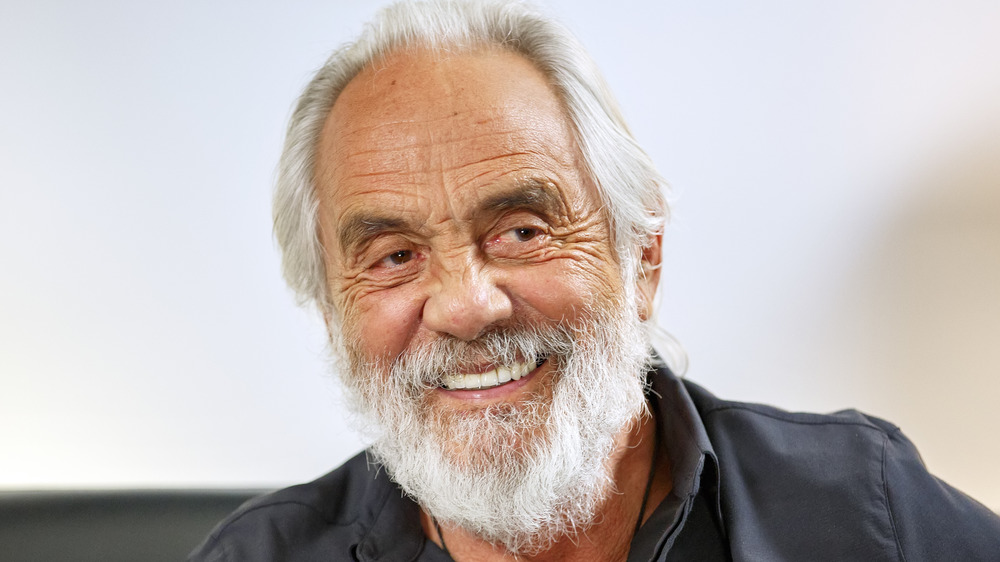
The Time Tommy Chong And The Wolf Of Wall Street Were Roommates
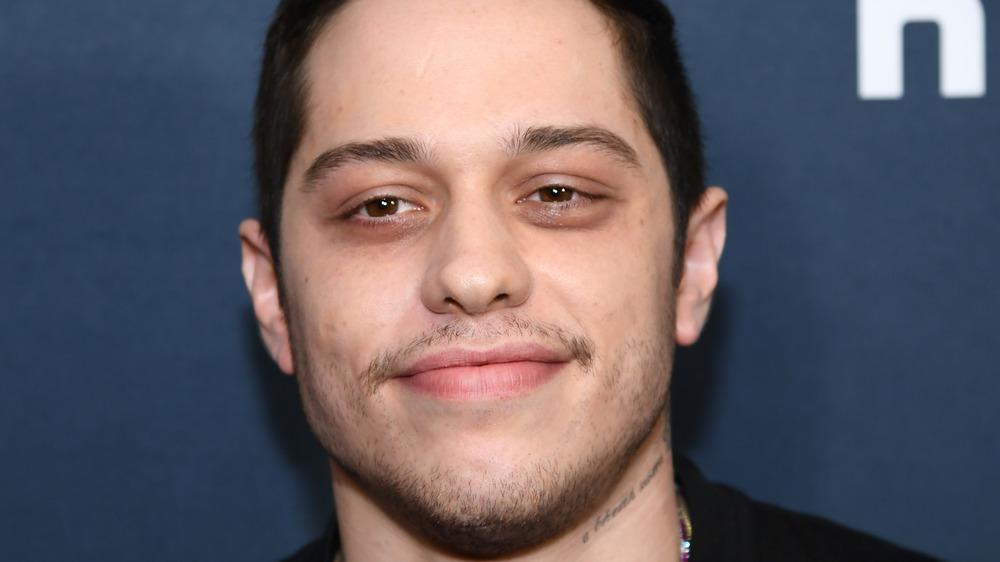
The Tragic Real-Life Story Of Pete Davidson
